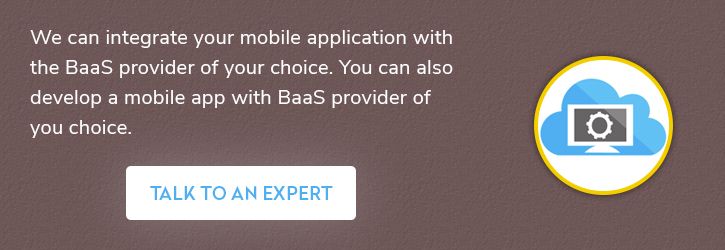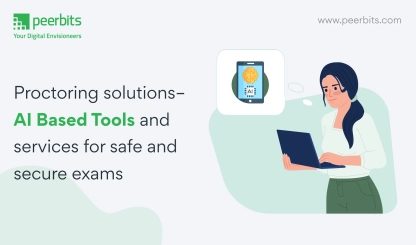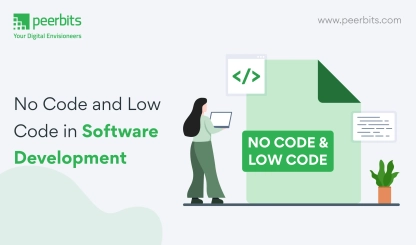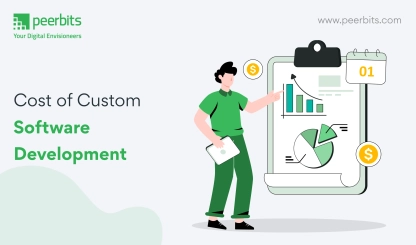Building the back-end of the application is a time-consuming and expensive process. That’s where the next-gen approach- BaaS(Backend-as-a-Service) is a great addition to the app development as it minimizes the development time with reduced server-side code.
Basically, the BaaS is an infrastructure which offers backend cloud storage that enables backend setting in a matter of hours or days and APIs for the user management, push notification, social integration, custom code integration and third-party cloud services to better address the need of growing mobile applications.
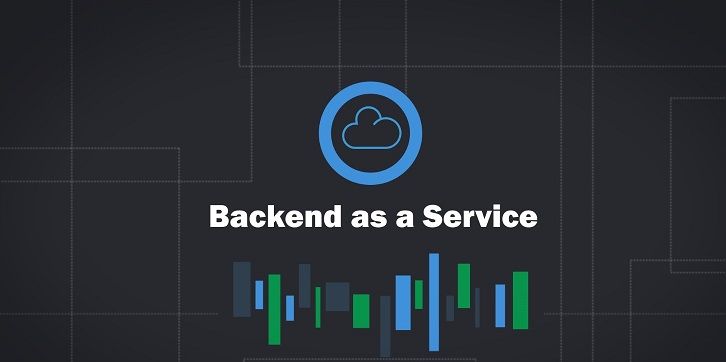
The time saving, reduced development cost, improved productivity, data liberation and feature complete apps are the reasons of high adoption of BaaS in the mobile app market.
According to market and market research, “With the astronomical rise in the mobile applications, cloud applications and IoT app development, the backend-as-a-service (BaaS) market size is estimated to grow from USD 1.32 billion in 2015 to USD 28.10 billion by 2020, at an estimated compound annual growth rate (CAGR) of 84.2%.”
Around the globe, the US takes the lead as the largest BaaS market. There are dozens of BaaS vendors in the niche market that claim themselves as the best BaaS service provider and vying with their alternatives for mobile apps based on the gamut of features and services they offer.
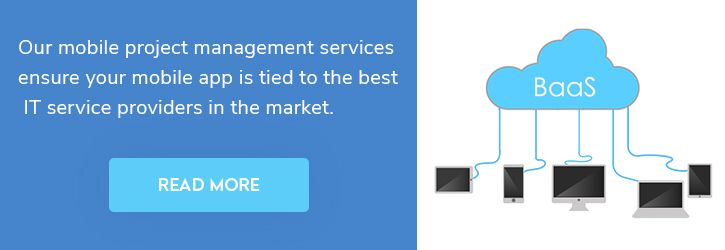
Take a quick look at the key BaaS players which outdo the others and best for your buck:
1. Anypresence
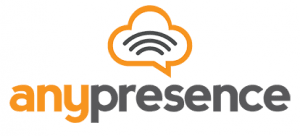
To empower the digital access with mobility solutions, Anypresence is providing the BaaS solution and the platform that reduces the friction of mobile app development and integrations.
With a portable run-time source code, non-proprietary technology stack, and zero platform lock-in capability, the platform is helping in the business mobilization with more control over source code, greater customization, and high portability.
It has extended its capability along with the backend platform as a middleware service provider, offering pre-built connectors for enterprise database and API gateway.
To support the mobile innovation, and continue the Anypresence growth, Citrix made a strategic investment of $6 billion. Also, in a short tenure of seven years, the company has garnered impressive clientele that includes- Mastercard, USA Today and Petco names to few.
2. Red hat

Feedhenry- the BaaS space is acquired by Red Hat- the USA based enterprise solution company in 2014 for 63.5 million euros to bring the mobile platform to the global customers and the partners to help them optimize the mobile-first world.
According to IDC research, “The Red Hat’s app development platform market will reach $4.8 billion by 2017.”
The Node.JS and a MongoDB-backed database based MBaaS platform offers an array of integrations, API management, work across multiple platforms, provide robust security and authentication, power codeless development, support the range of cloud deployments, allow bring-your-own-tools and enable collaboration and mobile app life-cycle management to accelerate the mobile app development.
3. Appcelerator

The famous cross-platform app development tool and BaaS platform working with the Titanium SDK to speed up the app development, enable the app deployment and hosting on the servers, and simplify the access to data through optimized APIs.
The MBaaS platform is packed with many functions, modules and lengthy documentation which allows the developers to easily build or find the modules on the open market and add extra capabilities to the apps. Currently, Appcelerator boasts to have 290 modules in total in its marketplace.
Also, the Appcelerator dashboard provides quick visibility into app installs, sessions, crashes, API calls, analytics, and performance metrics, and enable the testing and cloud management.
4. Kinvey

The cross-platform MBaaS is one of the cloud backend services that’s largely entrusted for the app development projects due to the documentation intelligibility, ridiculously easy to connect the app with MBaaS services, support for custom code, iterative agile development process and secure private cloud offerings.
The Boston based startup gets matured in a short duration as an excellent enterprise mobile backend platform along with partnerships with Google and Red Hat.
The Forrester waveTM named Kinvey as a leader for its highest rating in 22 out of the 25 offerings criteria in 2016.
The key aspect that differentiates Kinvey is digital lifecycle management tool which enables the app’s backend versioning through a single command and improves the collaboration when different internal and external development teams working on the same project.
Kinvey’s free plan is also attractive, which can be tried for 100 active users, 2 GB storage and 5 million notifications.
5. Buddy platform

The global platform that accesses and analyzes the data from the constellation of IoT devices is a pioneer BaaS which provides scalable infrastructure and real-time analytics to power, optimize and measure the mobility solutions on-the-fly.
The open software protocol offers complete access and control to the data without having to worry about vendor lock-in.
It alleviates the developer’s need to write, test or manage the server-side code so that the developers can focus more on the front-end to build the best user experience.
The buddy’ analytics and alerts provide the app publishers the high fidelity data about user engagement and app usage patterns and send alerts in the real-time upon anomalies detection or when predetermined thresholds are met, to act instantly.
Pros and Cons of BaaS
Benefits of Backend as a Service
Efficient and time-saving
It generally takes a long week and even a month for backend development. But with BaaS, developers can execute the job in a swift way by saving a lot of time and effort.
Flexibility and multi-utility
This model is been designed by considering the mobile app developers in mind. But its properties are flexible so it can be used for diverse categories of development.
calability
This is a pivotal factor when it comes to web applications and can impact the cost. As scaling and managing are the responsibilities of the BaaS provider or are stated by the provider and might be carried out automatically. From this, it is clear that the server doesn’t need to be upgraded manually.
Hassle-free
The provider of BaaS takes care of maintenance and hosting, thus it is hassle-free.
Drawbacks
Less control
The user has less control over the infrastructure that doesn’t allow them from performing some task as per this desire.
Limited count operations
There is a restricted number of count operations that varies every time and it doesn’t exceed to a certain value.
Conclusion
Backend as service platforms is getting well known among users as they allow businesses to highlight client-side operations and core competencies. The backend service provider will also have the responsibility, to deploy, scale and handle applications.
In this article, there is complete information regarding various BaaS vendors and the benefits and drawbacks of BaaS.
